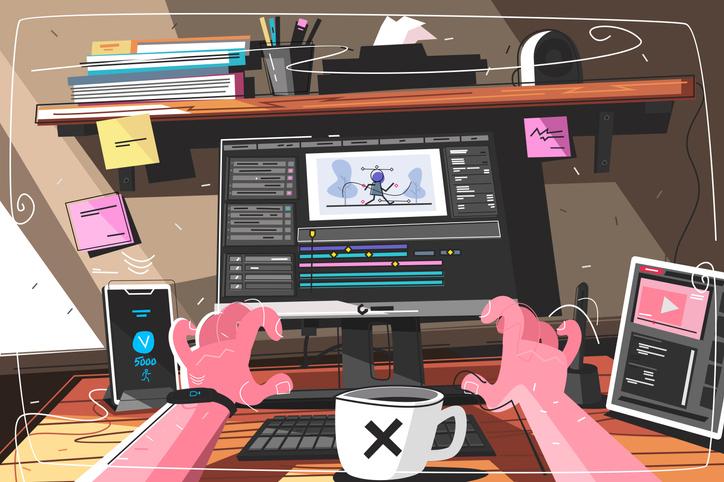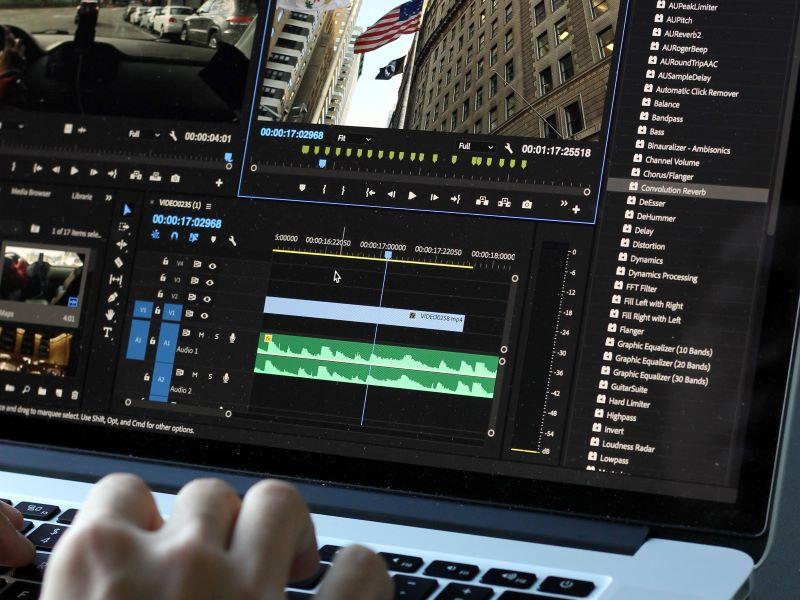
Animating education: a teaching tool that brings learning to life

Animation can distil complex or abstract concepts into digestible visual representations. This is one of its most compelling strengths as a teaching tool. It has the power to breathe life into ideas and theories that might otherwise seem inscrutable.
And with technology moving rapidly to the forefront of learning, revolutionising the way students absorb information, animation has gained prominence in education and marketing. In this best-practice article, I will delve into how animation can improve students’ understanding of marketing, focusing on its practical application at the UTS Business School.
- Using animation to stimulate learner engagement
- Tips from students on how to film videos that keep them engaged
- A little more conversation: using Elvis to teach critical theory
Animation as a learning tool
Animation, a term stemming from the Latin word “animus”, which means “to animate” or “give life”, offers numerous advantages over static visuals – novelty and immediacy among them. More than an alternative to photos, charts and tables, formats such as GIFs (graphics interchange format) and MP4s are potent tools for elevating the learning experience. Here are aspects that animation can bring to the classroom:
- Novelty and engagement: Animation captures students’ attention thanks to its entertaining and visually appealing nature. This attribute is particularly valuable in breaking away from conventional teaching methods, making education more exciting and engaging.
- Information visualisation: Through animation, educators can transform intricate subjects into accessible narratives, facilitating students’ comprehension and enhancing their knowledge acquisition.
- Attention: Animation’s dynamic nature is a powerful mechanism for guiding and sustaining students’ attention. It can direct their attention towards specific information or concepts, thereby improving their understanding.
- Temporal representation: Animation is particularly effective in conveying concepts that involve dynamics or changes over time, as it can illustrate processes and transformations. By offering a visual representation of such changes, animation can be powerful in disciplines where dynamic concepts are central.
The educational impact of animation
Numerous studies support the educational benefits of well-designed animation. It accelerates and enhances comprehension of complex concepts, simplifying the learning process. And its ability to translate abstract ideas into images is especially beneficial for students who favour visual learning styles.
Applications of animation in teaching
The effective integration of animations into the curriculum depends on educators’ ability to incorporate them intentionally into a lesson plan. Here are ways to add animations through four key teaching channels, based on my experience teaching marketing courses:
- Lectures and tutorials: Short animations can be used to explain marketing concepts during lectures and tutorials, driving discussion and enhancing students’ understanding of the material.
- Multilingual support: To accommodate students for whom English is not the first language, animations can be augmented with subtitles to ensure inclusive learning experiences. Select a readable font with contrasting colours. Ensure that subtitles are legible, well-timed and consistently styled. When you add subtitles, verify accuracy, offer context and consider multilingual options.
- Assessment: Animations are embedded into Kahoot online quizzes, offering an interactive and engaging evaluation method to assess students’ knowledge.
- Exam revision: Animations can be used during exam revision sessions to provide students with a visual and simplified review of key marketing concepts, facilitating deeper comprehension. I provide a compilation of videos to review from their course to support exam preparation.
Top animation software for educators
For educators who are new to animation, the right software is essential to bring creativity to life. Here are five top animation software packages tailored for beginners:
- Adobe Animate: Adobe Animate is user-friendly and widely recognised, making it an excellent choice for beginners. It offers a range of tools and export formats.
- Toon Boom Harmony: Known for its versatility and 2D-animation capabilities, Toon Boom Harmony is ideal for those starting their animation journey.
- Blender: While known for 3D modelling, Blender also offers robust 2D animation tools.
- Vyond: Vyond lets you create characters to fit any context. It offers modern, casual settings and whiteboard animations for hundreds of combinations to address students’ diverse educational needs.
My extensive library includes more than 2,400 animations to elucidate fundamental marketing concepts and frameworks. These animations have been integrated into both undergraduate and postgraduate marketing courses at the University of Technology, Sydney. They are accessible through my B2B Whiteboard YouTube channel. Animations typically run from one to four minutes long.
Animation has transformed my teaching
The integration of animations into education has enriched the way we teach and learn. These dynamic visual tools not only simplify intricate subjects but also ignite and sustain students’ interest in the material. My personal experience with incorporating animations into my teaching has been transformative, enhancing engagement and comprehension. With their vivid and interactive nature, animations are a powerful medium for conveying ideas, outshining traditional text and static visuals.
Nigel Bairstow is a lecturer in marketing at the University of Technology, Sydney.
If you would like advice and insight from academics and university staff delivered direct to your inbox each week, sign up for the Campus newsletter.


